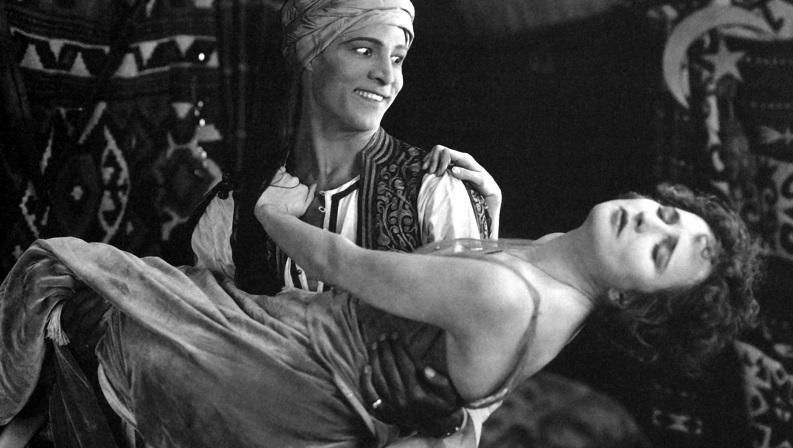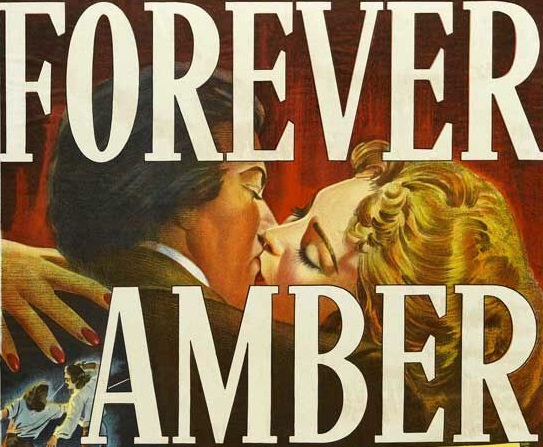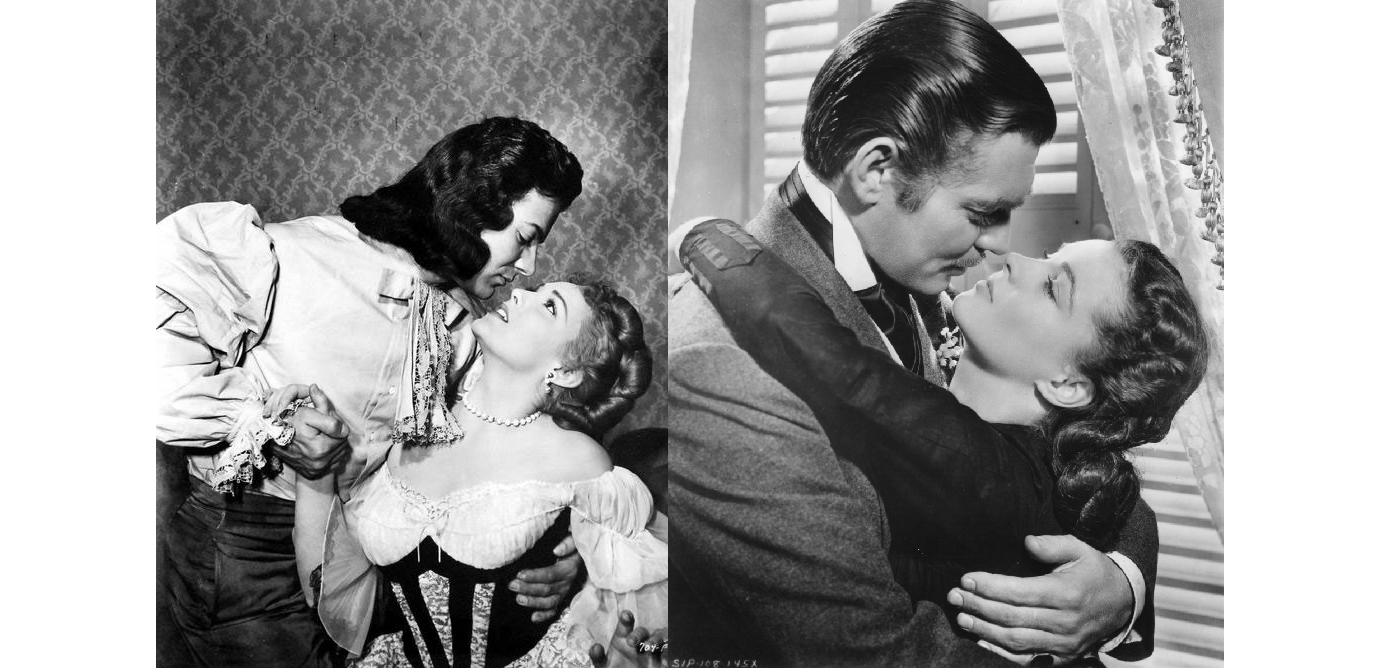Dukes in the Desert! Let’s take a look at The Sheik, E.M. Hull’s scandalous tale of exotic passion and Stockholm syndrome.
Book details:
Title: The Sheik
Author: E.M. Hull
Original publication date: 1919
Setting time & place: 1920s Algerian desert.
He is… about 30, a handsome, abnormally strong, tribal leader with a European education, an iron will and an iron fist.
She is… a 21 year old Englishwoman, orphaned as an infant and raised by her older brother to partake in male pastimes (shooting, hunting, riding, exotic travel).
Reasons to read this title: If you’re curious about the antecedents of desert romance and a classic example of “forced seduction.”
My review of The Sheik
Is it a romance novel? Yes. After a tempestuous start, drama continues right up until the final resolution and promise of marriage.
Is it a must read romance novel? If you can stomach the (closed door) rape at the beginning, this is a gripping read with lots of opportunity to play “spot the outdated, racist ideas”. As commenter Bona Caballero put it on a SMTB post, it’s a kind of ‘archeological’ experience. If you just want a play-by-play, here’s one with reactions that match mine pretty well.
There is so much wrong with this book. First, the rape. And if you haven’t read it and are thinking it’s just the once, actually she’s pretty much a sex slave for two months before she decides she’s in love with him. Two months!
Second, the crushing of the heroine. The opening of the book describes Diana Mayo as haughty. She’s going off to the desert when everyone (men) around her are telling her it’s dangerous without saying explicitly—although they’re all thinking it—that’s she’s too pretty to be traveling by herself. She’s been raised as a boy by her elder brother, Hull tells us, and the narrative strongly implies that she’s out of touch with her femininity and needs to be taught a lesson. She’s just asking for it. And by the end of the book, she’s been taught her lesson.
Third, the racism. The Arabs! They’re like children. Except for the Sheik, who is like an animal. He’s a tiger. He’s a primal force of nature. He can kill a man with his bare hands. He can break and ride the wildest horses—this is not a thinly veiled metaphor for his relationship to Diana at all!—and his favorite horse is called Sheitan. (If you’ve read/watched The Black Stallion, you know what that means.) He’s going to use this white woman the way he would a subjugated Arab woman because he’s an ‘Oriental.’ Oh, except he’s not. Near the end we learn that via a soap opera plot he’s actually the estranged child of an English earl adopted by the previous Sheik. You can have your exotic fetishization and eat it too!
Fourth, the animal cruelty. When the alphahole’s characterization is predicated on his mastery of all creatures, that includes some pretty brutal description of animal cruelty. Multiple horses die on page in this story.

Fifth, the instalust. Every man who sees Diana—a violet-eyed redhead with a slim, boyish figure—falls in love with her. (If they’re European, they can master their feelings and only manifest it as noble friendship and devotion.) It reminds me of the line in 10 Things I Hate About You when Patrick is trying to figure out why everyone is so into Bianca.
Sixth, the chain-smoking. Seriously, no matter what you might think the future chances of their relationship are, Ahmed Ben Hassan is going to drop dead of lung cancer in five to ten years anyway.
Even with all the rage this book stirred up as I read it, it was still gripping. The drama is turned up to 11, because neither hero nor heroine are the type to back down about anything. There are horse chases through the desert at sunset. People are choked to death. Suicide attempts are made. Faithful servants fatally wounded crawl through the sands to impart crucial messages. I stayed up way too late reading this and when my phone battery died with 25 minutes left in the book I was very annoyed. So I think in the end it is a valuable read. First, because it gives me a lot of reminders about what not to do in a book. Second, because if I aspire to write page-turners, I’ll do well to think about what makes Hull’s overwrought tale so gripping.
Since its publication in 1919, The Sheik has been reworked, retold, and referenced in numerous books, as well as on film with Rudolph Valentino. There’s a Goodreads list of Sheikh romances with 205 entries at this time, which is a strong indication of its lasting effect on the romance genre.
From 1977, Johanna Lindsey’s Captive Bride is one well known retelling. More recently, Victoria Vane did The Sheik Retold, which SMTB reviewed. Comments there indicate that The Sheik gets an entertaining callout in Elizabeth Peters’ Die For Love and also identify Catherine Asaro’s The Night Bird as another obvious retelling. In my own reading, it occurred to me that Robin McKinley reused the Englishwoman-kidnapped-by-sheik trope in The Blue Sword, which was a childhood favorite of mine. Finally, for a contemporary satire, Gutenberg will get you The Shriek by Charles Somerville.




“Near the end we learn that via a soap opera plot he’s actually the estranged child of an English earl adopted by the previous Sheik. You can have your exotic fetishization and eat it too!”
I think it’s a Scottish earl, and Scots (see lots of current historical romances by US authors) have tended to be depicted as more primitive/savage/barbarian in contrast to the English. The sheik’s mother is Spanish, and (see lots of current contemporary romances by British authors) European people from around the Mediterranean are often depicted as more fiery/passionate than northern Europeans. Throw in the 1899 racial opinions of William Z. Ripley about how Africa begins at the Pyrenees and it seems that the ending swaps one version of exotic fetishization for a couple of slightly milder ones.
Good catch, I probably glossed over the Scottish name as “general British/UK,” especially since the text makes such a big deal about the Sheik having out for the English on account of his English father. But you’re right — the Earl of Glencaryll has a definite Scots ring to it. I’d guess that Hull’s generation grew up with the historical romances of Robert Louis Stevenson… The development of ideas and stereotypes about the Scotsman in British popular culture is one of many topics I wish I had time to read more about!
No, maybe I was making assumptions about Glencaryll. I did a quick search and can’t see anything saying he’s Scottish, and you’re right that it’s explicitly stated that the sheik hates the English.
I think it’s still an interesting point, and there are certainly a lot of cultural prejudices and stereotypes that aren’t explicitly spelled out in the text. Since Glencaryll is a fictional name, we can’t say for certain if the family would have been English, or Scots, or English with a Scottish holding… But the perception of Scotsmen as exotic and virile is certainly a factor in the Highlander romance sub-genre, and I’d be curious to see what themes from Hull resurface might resurface in those books.